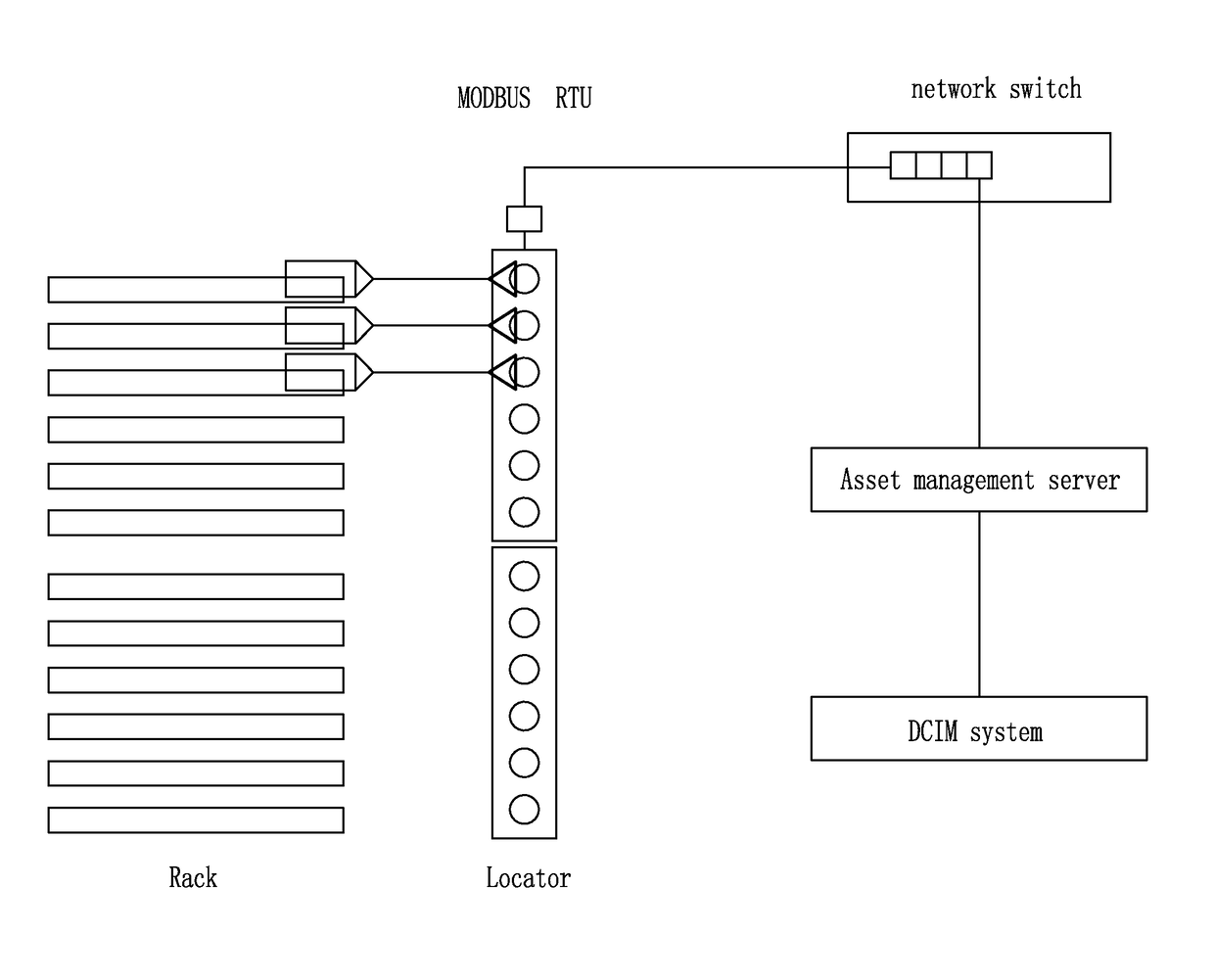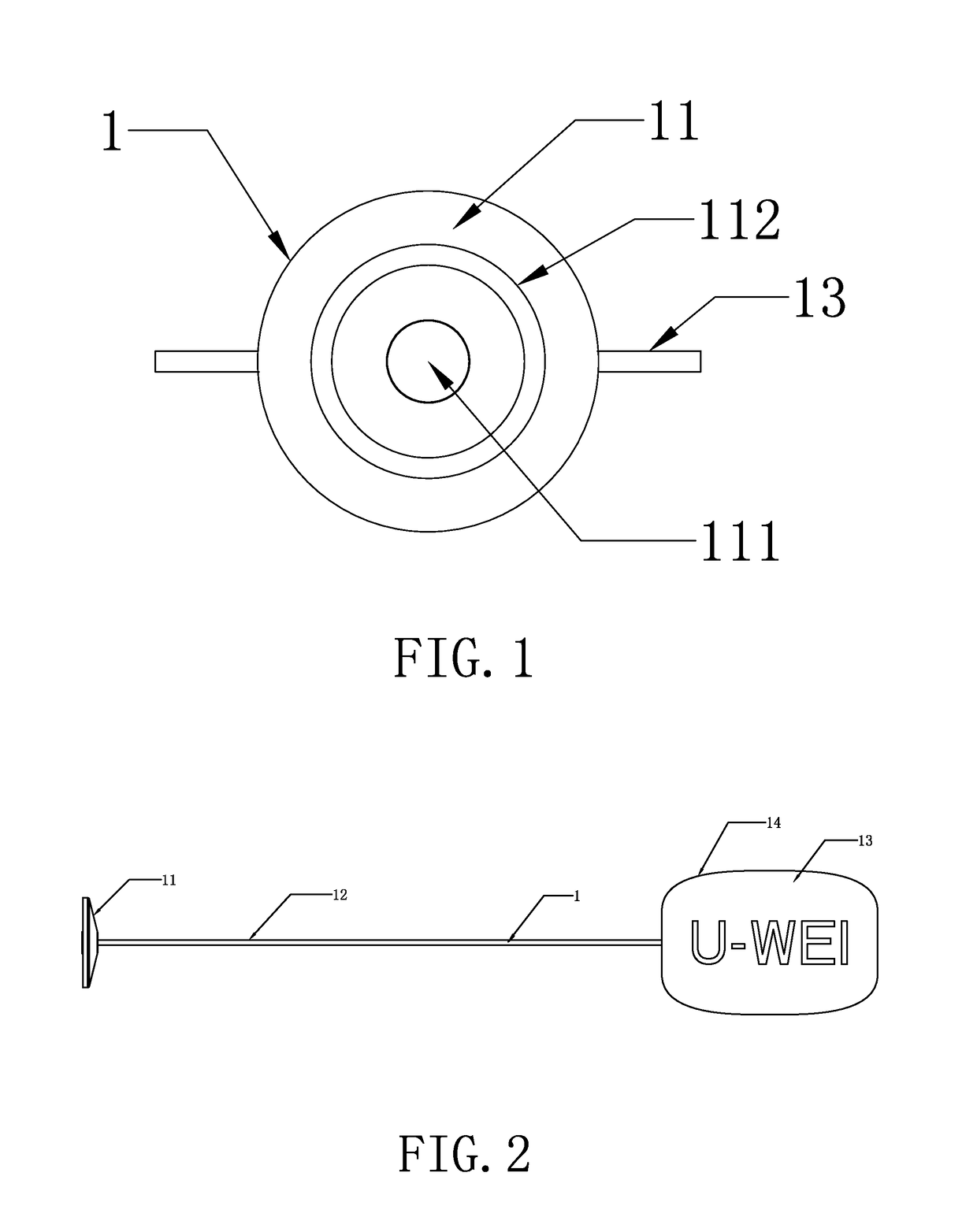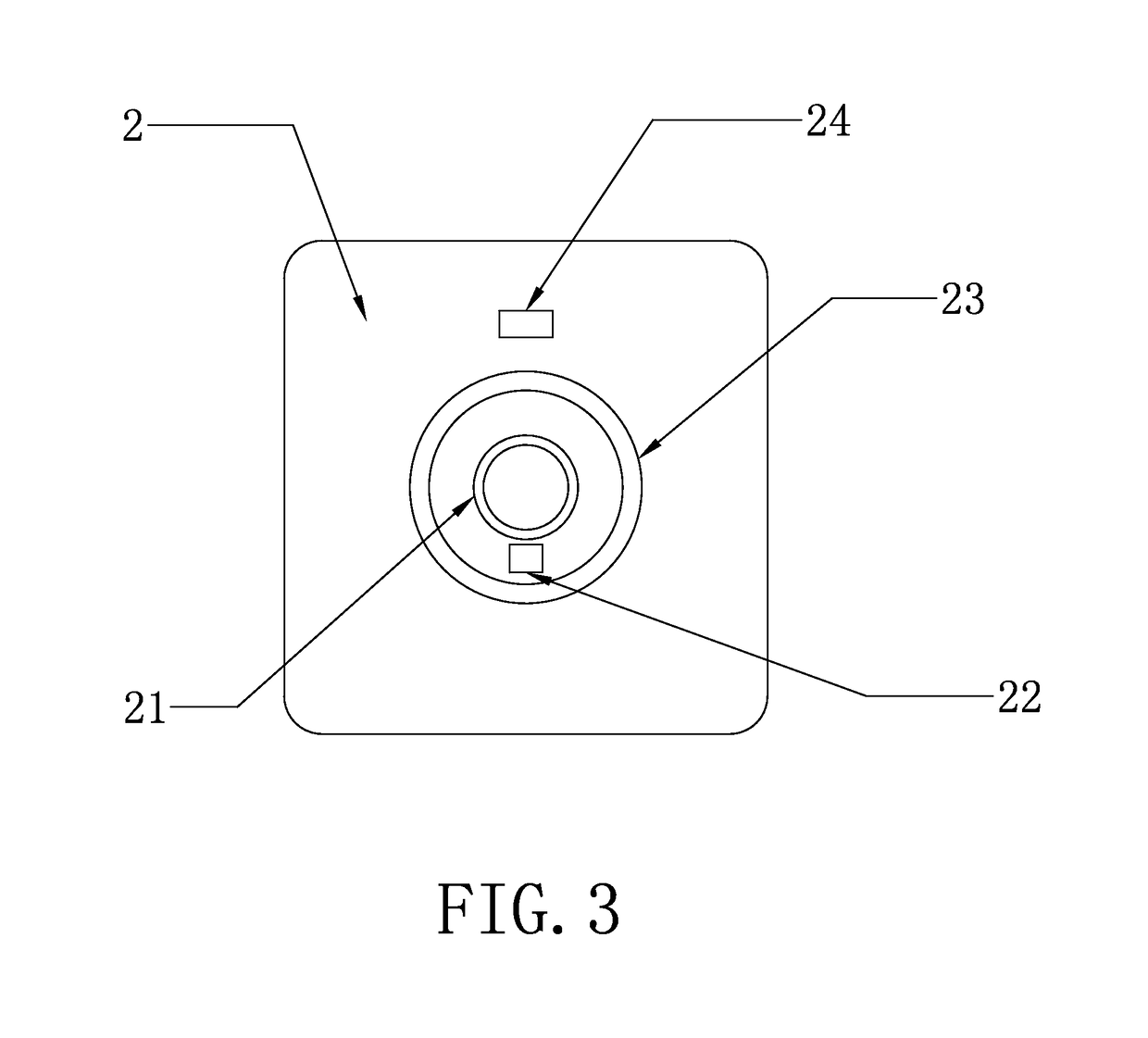Device for sampling and locating asset information and method for managing the same
a technology for asset information and sampling and locating, applied in the field of asset management, can solve the problems of inability to accurately determine the location of the responsive rfid responder, inability to accurately provide automatic and real-time location on the rack, and inability to accurately detect tags or even cannot be detected
- Summary
- Abstract
- Description
- Claims
- Application Information
AI Technical Summary
Benefits of technology
Problems solved by technology
Method used
Image
Examples
Embodiment Construction
[0035]To make the technical feature, objective and effect of the present application be understood more clearly, now the specific implementation of the present application is described in detail with reference to some of the accompanying drawings and embodiments. Based on the embodiments of the present application, all other embodiments obtained by the skilled person in the art by making no creative effort, are within the scope of the present application.
[0036]Traditional asset tracking systems in data centers are realized by means of barcodes, manual scan systems and regular inspections and cause the following problems, such as heavy workload, high labor cost, information entry errors, unable to update the information in time.
[0037]As shown in FIG. 9, the device for sampling and locating asset information of the present application can be seamlessly connected to the asset managing system, by means of series-connected modules and the magnetic RFID technology, so that the field insta...
PUM
 Login to View More
Login to View More Abstract
Description
Claims
Application Information
 Login to View More
Login to View More - R&D
- Intellectual Property
- Life Sciences
- Materials
- Tech Scout
- Unparalleled Data Quality
- Higher Quality Content
- 60% Fewer Hallucinations
Browse by: Latest US Patents, China's latest patents, Technical Efficacy Thesaurus, Application Domain, Technology Topic, Popular Technical Reports.
© 2025 PatSnap. All rights reserved.Legal|Privacy policy|Modern Slavery Act Transparency Statement|Sitemap|About US| Contact US: help@patsnap.com



